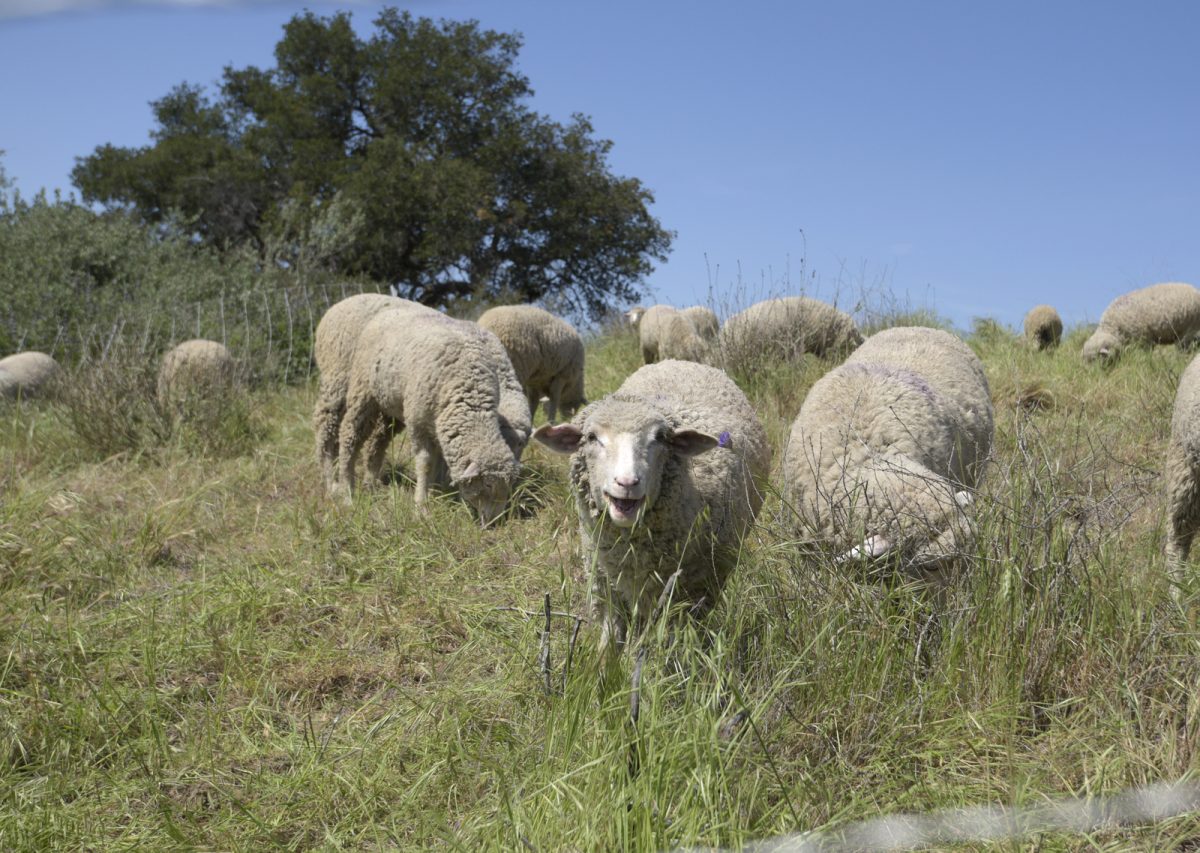Santa Barbara’s State Senator Introduces Bill to Expand Prescribed Grazing
Monique Limón’s Senate Bill 675 Would Integrate Livestock Grazing into California’s Existing Wildfire Prevention Programs

Santa Barbara is no stranger to prescribed wildfire prevention. For years, the county has used prescribed burning and chipping to clear away the fine, dry brush that acts as fuel for wildfires. However, in the face of the global climate crisis, a newer approach to wildfire mitigation is attracting the attention of state and local officials.
Prescribed grazing — using livestock such as goats, sheep, and cattle to mow down unwanted vegetation — is argued to be the more “natural” and “climate-smart” method among the tools used to address California’s wildfire crisis.
Last month, State Senator Monique Limón of Santa Barbara introduced Senate Bill 675 to expand support of statewide prescribed grazing and integrate the method into California’s existing wildfire resilience programs and strategies. The bill, sponsored by the California Climate & Agriculture Network, was developed in collaboration with the Community Environmental Council (CEC) and other partners across the state.

“After the unprecedented weather episodes we have seen since the beginning of the year, firefighters and emergency personnel deserve every tool necessary to help them protect our communities,” Limón said.
Prescribed grazing’s success at preventing the spread of wildfires, alongside its various ecological benefits for native bird and plant species, have been demonstrated through Channel Islands Restoration’s ongoing sheep-grazing program at the San Marcos Foothills.
Molly Taylor, CEC’s Climate-Smart Agriculture Program manager, said, “We see it as a valuable tool in that toolbox that has specific applications and benefits that the other two tools don’t.”
The other two tools — prescribed burning and mastication — have side effects, Taylor said. Burning, which Indigenous Californians used to control vegetation and improve or alter habitats, can potentially pose risks to nearby infrastructure, and produces smoke that can drift to nearby communities. Mastication, or chipping, typically involves the use of heavy machinery to “chew up” dry vegetation overgrowth, which can be noisy and generates air pollutants.
Grazing, in contrast, is more favorable for use near population centers, can be applied with more precision, has the potential to repair carbon and water cycles, and emits fewer greenhouse gases. “It has the ability to actually have ecological benefits,” Taylor said.
CEC Climate Resilience Director Em Johnson said CEC and their partners are working to promote grazing as a tool that can help decrease wildfire risk while simultaneously building climate resilience.
Millions of dollars have gone into removing the brush that nourishes catastrophic wildfires in Santa Barbara County, including prescribed burns such as the ones the U.S. Forest Service have been conducting since December. The final burns were near Figueroa Mountain and in other Los Padres Forest locations.
But while the burning season has reached its end, work for two Fire Prevention Grants received by the Santa Barbara County Fire Safe Council in December 2022 is just beginning. The two multimillion-dollar grants for regional community chipping and prescribed grazing will run until March 2026.
“Moving forward, you’ll be seeing increased prescribed grazing along the front country in the Gaviota Coast,” according to Taylor, which will be funded by the CalFire Fire Prevention Grant.
Johnson added that the upcoming bill has the potential to strengthen partnerships between state agencies and rangeland ecology, fire, and prescribed grazing experts.
“I think that it’s really interesting to be working both with the prescribed grazing element as well as prescribed burning, as we are supporting this holistic, systemic adaptation measures across our Central Coast region,” Johnson said.




You must be logged in to post a comment.